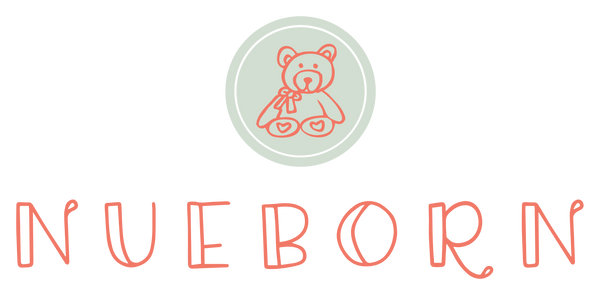
Sterilising Your Bottles: Ensuring Safe Feeding for Your Baby
Share
Sterilising baby bottles is essential in creating an environment-safe and healthy feeding space, protecting children from bacteria or germs which could compromise their well-being. Here we explore why and how sterilisation should be practised effectively.
Why Sterile Bottles for Babies?
Even after fully developing immune systems, babies can still get sick from bacteria or germs on feeding tools like bottles or teats. Sterilisation greatly lowers this risk and the chance that babies will get sick from bacteria that build up on these bottles, lowering the risk and making babies healthier overall.Must Read: Introducing bottles to your breastfed newborn
A Guide to Sterilisation Strategies and Techniques:
Kids' bottles can be cleaned in several ways, each with pros and cons.
Being hot:
A boil in water for 10 minutes is a quick, safe, and effective way to clean baby bottles and other items. It gets rid of germs while also making the process faster and safer. This process keeps you safe without slowing things down.
Steam sterilisers:
Electric devices called steam sterilisers have been specifically designed to utilise steam to quickly and safely sterilise baby bottles and accessories. Add water, place your bottles inside, and watch as steam does its work!
Microwave Sterilisation Bags:
Microwave sterilisation bags offer a convenient and portable means for sterilising bottles and accessories, including bottles made of glass. Place bottles or accessories inside a microwave sterilisation bag, add water as instructed and microwave according to manufacturer specifications; steam generated within the bag effectively sterilises its contents to make them safe to use again.
Tips to Achieve Effective Sterilisation of Food Products
No matter which approach you opt for, here are a few helpful hints on ensuring effective sterilisation of baby bottles:
Before Sterilisation:
Before sterilising bottles, thoroughly clean them using hot, soapy water to eliminate milk residue or food particles that have settled onto their surfaces. Use a bottle brush for hard-to-reach areas like bottle nipples and teats that require attention.
Follow Instructions Carefully:
Whether steam sterilisation, microwave sterilisation bags or boiling method used, always follow the manufacturer's guidelines closely for safe sterilisation and optimal safety results.
Sterilise After Every Use:
To make a good feeding situation and lower the risk of bacteria contamination, bottles and other baby feeding items need to be sterilised after each use.
Store Sterilised Items Correctly:
Once sterilised, store bottles and accessories in an upright and clean location until ready for use. To prevent contamination of their surfaces with human contact or foreign objects.
Sterilising baby bottles is integral to providing safe and hygienic feeding experiences for your little one. By following the advice in this guide and including it in your care routine, sterilisation can provide peace of mind while giving their life the best start possible.
